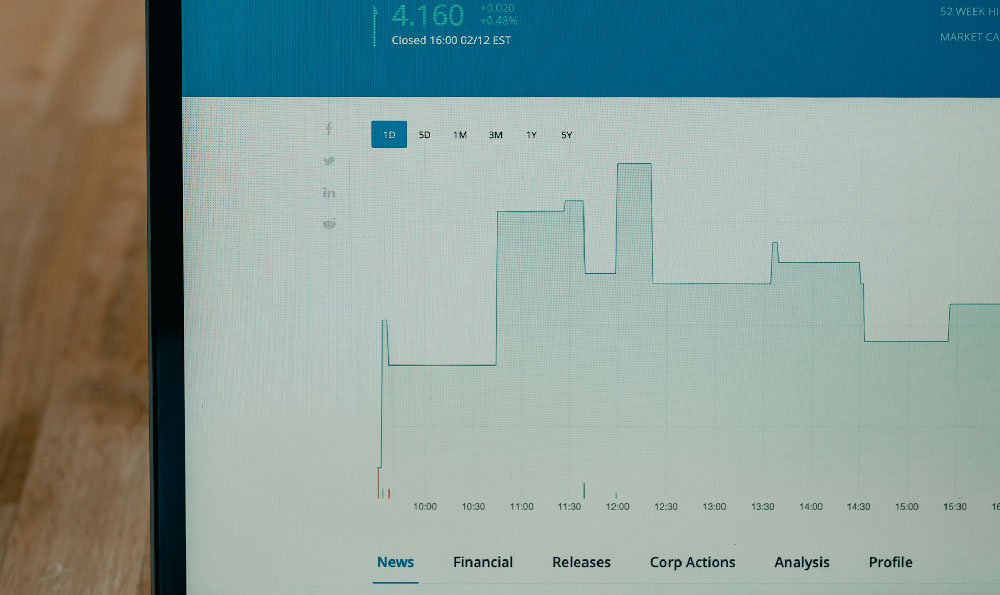Investing in electricity is an intriguing concept that can take several forms, each with its own set of opportunities and risks. It's crucial to understand the different avenues available before diving in, and to assess whether such investments align with your overall financial goals and risk tolerance.
One primary method involves investing in utility companies. These companies generate, transmit, and distribute electricity to end-users. Investing in their stocks can provide a steady stream of dividends, especially for established, regulated utilities. However, their growth potential might be limited compared to other sectors. Evaluating a utility company requires looking at factors like its regulatory environment (as rates are often set by government bodies), its debt levels, and its operational efficiency. Companies investing heavily in renewable energy sources like solar and wind might be positioned for longer-term growth, aligning with the global shift towards sustainable energy. The stability of the dividend yield is also a critical factor to consider.
Another avenue is investing in companies that manufacture equipment for the electricity sector. This includes companies producing turbines for power plants, solar panels, wind turbines, or even advanced grid technologies. These companies can offer higher growth potential, but they also come with greater volatility. The success of these companies is tied to the demand for their products, which can fluctuate based on government policies, technological advancements, and economic conditions. Carefully research the company's competitive position, its research and development pipeline, and its financial strength. For example, a company pioneering a more efficient solar panel technology could see significant growth if its product gains market acceptance.

A more direct, and often riskier, approach involves investing in renewable energy projects. This can range from buying shares in a solar farm project to investing in a company that develops and operates wind farms. These investments can be highly lucrative if the projects are successful, but they also carry significant risks, including regulatory hurdles, permitting delays, technology risks (if relying on unproven technology), and fluctuating energy prices. Thorough due diligence is essential. This includes assessing the project's feasibility studies, its environmental impact assessments, the financing structure, and the off-take agreements (contracts to sell the electricity generated).
A growing area of interest is investing in companies developing energy storage solutions, such as batteries. As renewable energy sources become more prevalent, energy storage is becoming increasingly important to address their intermittency. Companies developing advanced battery technologies or grid-scale energy storage solutions could see substantial growth in the coming years. However, the battery technology landscape is rapidly evolving, and there is significant competition. Careful analysis of the company's technology, its manufacturing capacity, and its partnerships is critical.
Beyond individual companies, investors can gain exposure to the electricity sector through exchange-traded funds (ETFs). These ETFs track indices that focus on utilities, clean energy, or smart grid technologies. ETFs offer diversification and can be a more convenient option for investors who don't want to individually research and select specific companies. When choosing an ETF, consider its expense ratio, its tracking error (how closely it follows its underlying index), and its liquidity (how easily its shares can be bought and sold).
Assessing whether investing in electricity is "worth it" depends on your individual circumstances and investment objectives. Consider the following factors:
- Your Risk Tolerance: Investments in the electricity sector can range from relatively stable utility stocks to highly volatile renewable energy projects. Choose investments that align with your comfort level.
- Your Investment Horizon: Some electricity investments, such as renewable energy projects, may require a longer-term investment horizon to realize their full potential.
- Your Knowledge and Expertise: Investing in individual electricity companies requires careful research and analysis. If you lack the time or expertise, consider investing through ETFs or mutual funds.
- The Macroeconomic Outlook: Factors like interest rates, inflation, and government policies can significantly impact the electricity sector.
- ESG Considerations: Many investors are increasingly interested in environmental, social, and governance (ESG) factors. Investing in renewable energy projects can align with these values.
Investing in electricity also carries some inherent risks:
- Regulatory Risk: The electricity sector is heavily regulated, and changes in regulations can significantly impact companies' profitability.
- Technological Risk: The electricity sector is constantly evolving, and new technologies can disrupt existing business models.
- Commodity Price Risk: The price of fuels used to generate electricity (e.g., natural gas, coal) can fluctuate, impacting the profitability of power plants.
- Climate Change Risk: Extreme weather events can disrupt electricity generation and transmission, impacting utility companies.
Before making any investment decisions, it is always advisable to consult with a qualified financial advisor. They can help you assess your individual circumstances, develop a customized investment strategy, and manage your risk. Thoroughly research any investment before committing capital. This includes reading company reports, analyzing financial statements, and staying informed about industry trends. Don't put all your eggs in one basket. Diversifying your investments across different sectors and asset classes can help mitigate risk. And remember, past performance is not indicative of future results.
In conclusion, investing in electricity presents a multifaceted opportunity with varying levels of risk and reward. Careful research, a clear understanding of your investment goals, and a long-term perspective are essential for success. By considering the different investment avenues available, assessing the risks involved, and consulting with a financial advisor, you can make informed decisions and potentially benefit from the growing demand for electricity and the global transition to a cleaner energy future.












